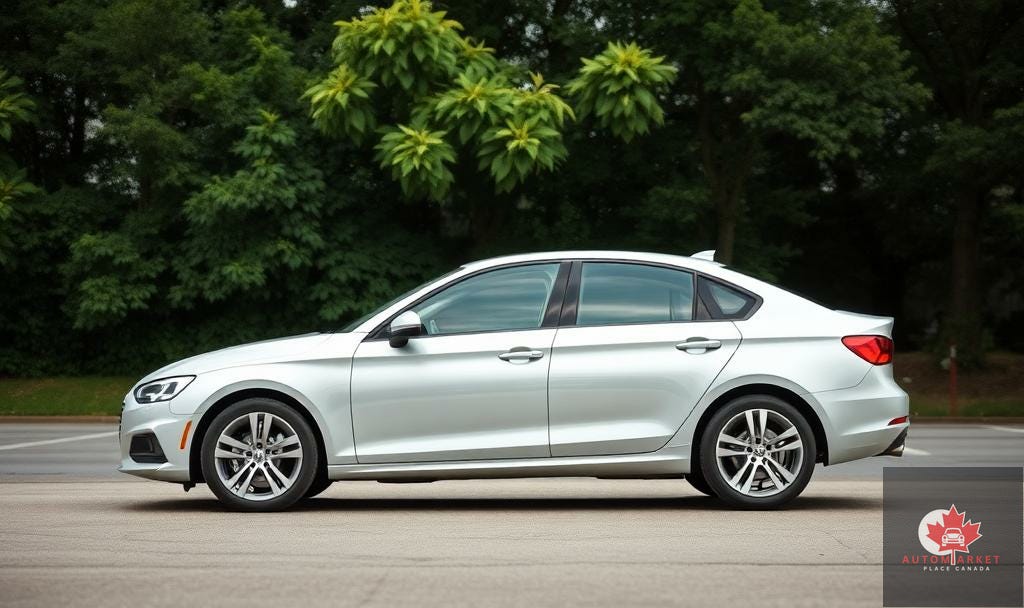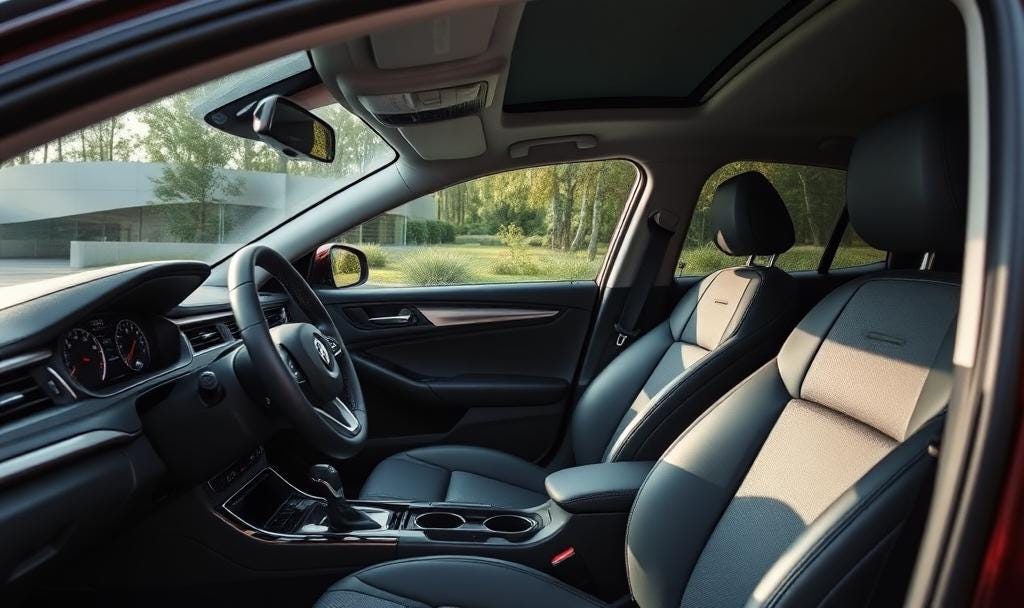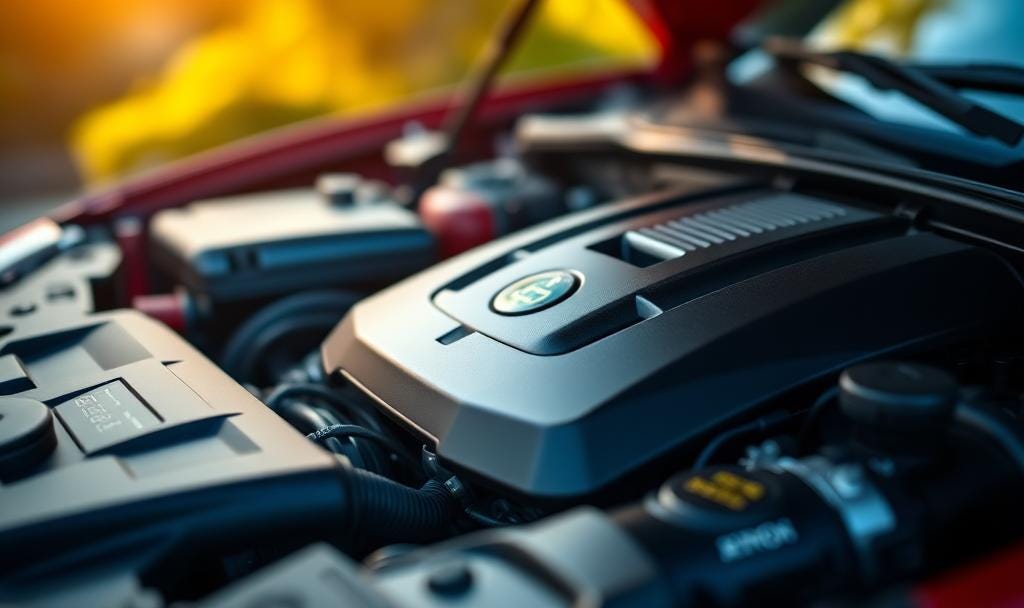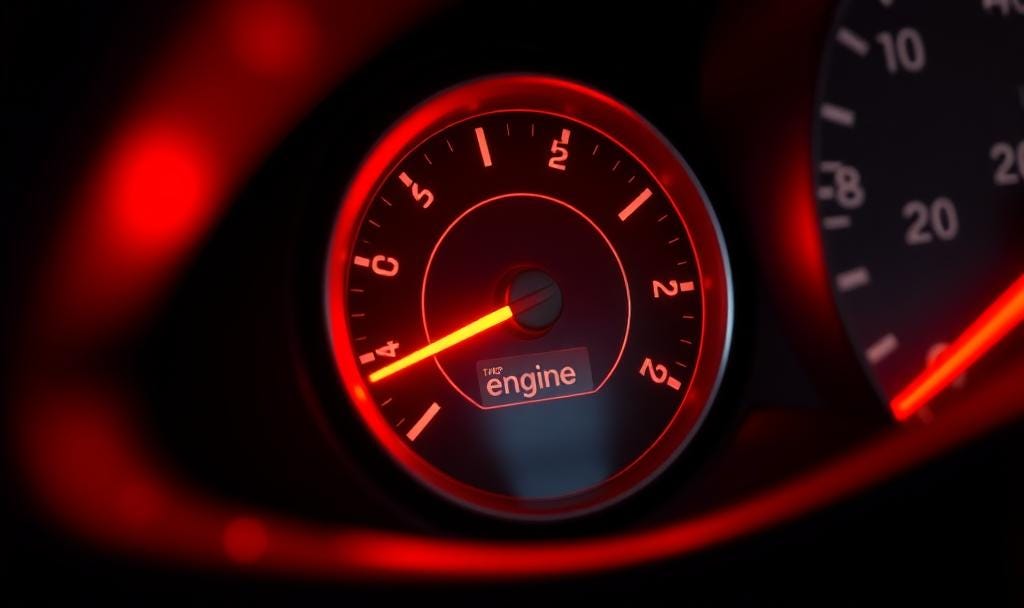The Ultimate Pre-Purchase Car Inspection Checklist: A Step-by-Step Guide
Ensure a Safe and Smart Purchase with This Comprehensive Inspection Guide
Buying a used car can be a great way to save money, but it comes with its own set of risks. A thorough pre-purchase inspection is essential to ensure you’re getting a reliable vehicle that won’t cost you a fortune in repairs down the road. Whether you’re a first-time buyer or a seasoned car enthusiast, this Ultimate Pre-Purchase Car Inspection Checklist will guide you through every step of the process. From checking the exterior to evaluating the engine, this guide will help you make an informed decision and avoid costly mistakes.
1. Exterior Inspection
The exterior of the car can reveal a lot about its history and condition. Here’s what to look for:
Body Condition:
Dents and Scratches: Check for any dents, scratches, or signs of repainting, which could indicate past accidents.
Rust and Corrosion: Look for rust, especially around the wheel wells, undercarriage, and door edges.
Panel Gaps: Ensure the gaps between body panels are even, as uneven gaps could suggest poor repair work.
Tires and Wheels:
Tread Depth: Use a tread depth gauge to ensure the tires have adequate tread. The legal minimum in Canada is 1.6 mm.
Tire Condition: Look for cracks, bulges, or uneven wear, which could indicate alignment issues.
Spare Tire: Check if the spare tire is present and in good condition.
Lights and Signals:
Functionality: Test all lights, including headlights, brake lights, turn signals, and reverse lights.
Condition: Look for cracks or moisture inside the light housings.
Pro Tip: Inspect the car in daylight to get a clear view of the exterior condition.
2. Interior Inspection
The interior of the car can tell you a lot about how well it’s been maintained. Here’s what to check:
Seats and Upholstery:
Condition: Look for tears, stains, or excessive wear on the seats and upholstery.
Adjustability: Test the seat adjustments to ensure they work properly.
Dashboard and Controls:
Warning Lights: Check for any warning lights on the dashboard and ensure they turn off after starting the car.
Functionality: Test all controls, including the air conditioning, heating, radio, and infotainment system.
Odor and Cleanliness:
Odor: Be wary of strong odors, such as smoke or mildew, which can be difficult to remove.
Cleanliness: A clean interior is a good sign, but excessive cleaning could be an attempt to hide issues.
Pro Tip: Bring a flashlight to inspect hard-to-see areas, such as under the seats and in the trunk.
3. Engine Inspection
The engine is the heart of the car, and its condition is critical to the vehicle’s performance. Here’s what to check:
Engine Bay:
Leaks: Look for any signs of oil, coolant, or other fluid leaks.
Corrosion: Check for rust or corrosion on the engine components.
Belts and Hoses: Inspect the belts and hoses for cracks, wear, or looseness.
Oil and Fluids:
Oil Level and Condition: Check the oil level and condition using the dipstick. The oil should be clean and at the appropriate level.
Coolant: Ensure the coolant is at the correct level and appears clean.
Transmission Fluid: Check the transmission fluid level and condition, if applicable.
Battery:
Condition: Inspect the battery for corrosion, leaks, or damage.
Age: Check the battery’s age, as most batteries need replacement every 3-5 years.
Pro Tip: If you’re not comfortable inspecting the engine yourself, consider hiring a professional mechanic.
4. Undercarriage Inspection
The undercarriage can reveal hidden damage or wear that isn’t visible from the outside. Here’s what to look for:
Rust and Corrosion:
Frame and Components: Check for rust or corrosion on the frame, exhaust system, and suspension components.
Structural Integrity: Ensure there are no signs of damage or repairs to the frame.
Suspension and Steering:
Shocks and Struts: Inspect the shocks and struts for leaks or damage.
Steering Components: Check the steering linkage and joints for wear or looseness.
Exhaust System:
Condition: Look for rust, holes, or damage to the exhaust system.
Leaks: Check for any signs of exhaust leaks, which can be dangerous.
Pro Tip: Use a jack and stands to safely inspect the undercarriage, or have a professional mechanic do it for you.
5. Test Drive
A test drive is essential to evaluate the car’s performance and handling. Here’s what to pay attention to:
Engine Performance:
Acceleration: Ensure the car accelerates smoothly and without hesitation.
Idle: Check that the engine idles smoothly and doesn’t stall.
Transmission:
Shifting: Test the transmission for smooth shifting, whether it’s manual or automatic.
Noises: Listen for any unusual noises during shifting.
Braking:
Responsiveness: Ensure the brakes are responsive and don’t feel spongy.
Noises: Listen for any squealing or grinding noises when braking.
Steering and Handling:
Alignment: Ensure the car drives straight and doesn’t pull to one side.
Suspension: Pay attention to how the car handles bumps and turns.
Pro Tip: Test drive the car in various conditions, such as city streets and highways, to get a comprehensive feel for its performance.
6. Documentation and History
Reviewing the car’s documentation and history is crucial to understanding its background. Here’s what to check:
Vehicle History Report:
Accidents: Check if the car has been in any accidents or has a salvage title.
Ownership: Verify the number of previous owners and how the car was used (e.g., personal, rental, fleet).
Service Records: Look for regular maintenance records, which indicate the car has been well cared for.
Title and Registration:
Clean Title: Ensure the car has a clean title and isn’t salvaged or rebuilt.
Lien Check: Verify there are no outstanding liens on the car.
Pro Tip: Use reputable services like Carfax or AutoCheck to obtain a vehicle history report.
7. Professional Inspection
While a personal inspection is valuable, a professional inspection can provide an unbiased and thorough evaluation. Here’s what to expect:
Comprehensive Check:
Mechanical Inspection: A professional mechanic will inspect the engine, transmission, suspension, and other critical components.
Diagnostic Scan: Many mechanics use diagnostic tools to check for any error codes or issues with the car’s computer systems.
Detailed Report:
Findings: The mechanic will provide a detailed report of their findings, including any issues or needed repairs.
Cost Estimates: They may also provide cost estimates for any necessary repairs.
Pro Tip: Choose a mechanic who specializes in the make and model of the car you’re considering.
8. Final Considerations
Before making a purchase, consider the following:
Total Cost of Ownership:
Maintenance and Repairs: Factor in the cost of any needed repairs or maintenance.
Insurance: Get insurance quotes to understand the ongoing costs.
Fuel Efficiency: Consider the car’s fuel efficiency and how it will impact your budget.
Resale Value:
Depreciation: Research the car’s depreciation rate to understand its long-term value.
Market Demand: Consider the demand for the car’s make and model, as this can affect resale value.
Pro Tip: Use online tools to calculate the total cost of ownership and compare it to other vehicles.
Conclusion
A thorough pre-purchase inspection is essential to ensure you’re making a smart and informed decision when buying a used car. By following this Ultimate Pre-Purchase Car Inspection Checklist, you can identify potential issues, avoid costly mistakes, and find a reliable vehicle that meets your needs. Whether you’re inspecting the car yourself or hiring a professional, taking the time to evaluate every aspect of the vehicle will give you peace of mind and confidence in your purchase.
For a wide selection of used cars, trucks, and motorcycles, visit AutoMarketplaceCanada.com to explore your options and find the perfect vehicle for your needs.










